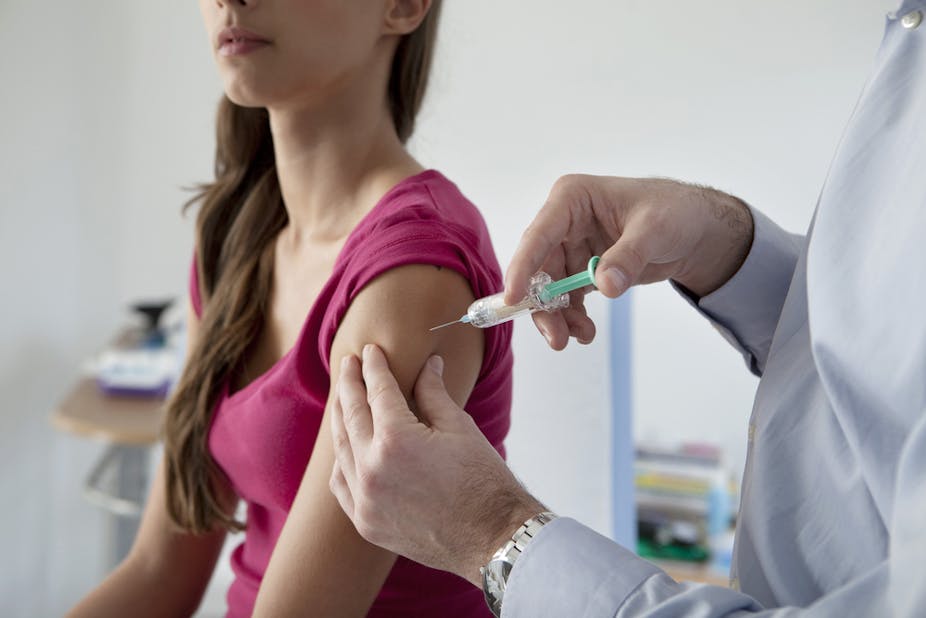The human papillomavirus or HPV is an incredibly common sexually transmitted infection: more than 85% of women will be infected during their lifetimes and, according to the US Center for Disease Control: “HPV is so common that nearly all sexually active people get it at some point in their lives”. While the vast majority of infections clear on their own, a small proportion progress to cause cervical and other cancers.
The risk of cervical cancer has been shown to be much higher for women with HPV, with the risk varying by type of HPV virus. HPV types 16 and 18 bring the highest risk, responsible for around 70% of cervical cancers between them. Compared to a woman without an HPV infection, women infected with HPV16/18 are more than 300 times more likely to have cervical cancer. The fact is that if there were no HPV, there would be almost no cervical cancer. Which means tackling HPV infection is of vital importance.
It’s this understanding of the carcinogenic effects of HPV that has led health authorities in the UK to offer HPV vaccination to girls aged 12 at school, free of charge, since 2008. The current vaccine, Gardasil, protects against four strains of HPV: types 16 and 18 that cause around 70% of all cervical cancers, and types 6 and 11 that cause around 90% of genital warts. Gardasil has been proven to have 96% efficacy against HPV infection when followed up after nine years.
We built a microsimulation model of the natural history of cervical cancer in a cohort of girls from age 12 to 80, and considered a variety of vaccination and screening combinations in order to analyse the effects of the HPV vaccine and cervical screening on women. Our study, published in the International Journal of Cancer, found that the combined effects of vaccination and improved screening measures would mean that women require far fewer cervical cancer screenings – a relief for women, and an enormous cost saving for the NHS and taxpayer.
Better checks with less fuss
The current cervical screening, or smear test, first looks for abnormal cells. If these are detected, the sample is then tested for the presence of HPV. However the screening programme is due to change in 2019 to the more efficient approach of first testing samples for HPV, following a pilot study which began in England in 2013. Our modelling suggests that seven screens over a lifetime will provide the same protection for women who have not been vaccinated against HPV as the 12 screens recommended under the current programme.
For young women who have been vaccinated against HPV and who are therefore at much lower risk of cervical cancer, our model suggested that the number of lifetime screens would fall from 12 to three. Women vaccinated aged 12 in 2008 are now 21, and would start being screened in 2021 under the current screening programme – which invites women for their first screen aged 25. So this forthcoming change in 2019 presents a great opportunity for health authorities to draw up adjusted guidelines for the lower number of screens required by vaccinated women to account for the lower risk they face.
In 2015 a new vaccine, Gardasil-9, which protects against 9 types of HPV and prevents around 90% of cervical cancers, was approved for use in Europe. If this vaccine replaces the current vaccine, women will only require two screens during their lives.
The cost of cervical cancer screening in England in 2013 was around £175m. The switch to the new testing regime would mean not only less women getting cervical cancer, but also substantial cost savings. We’d need more results from the pilot to get an accurate estimate, but it’s likely that savings would be in the region of £40-80 million each year – money that can be reinvested into other services. In any case, as cervical screening isn’t a fun experience, anything that reduces the number of times women need it is good news.

